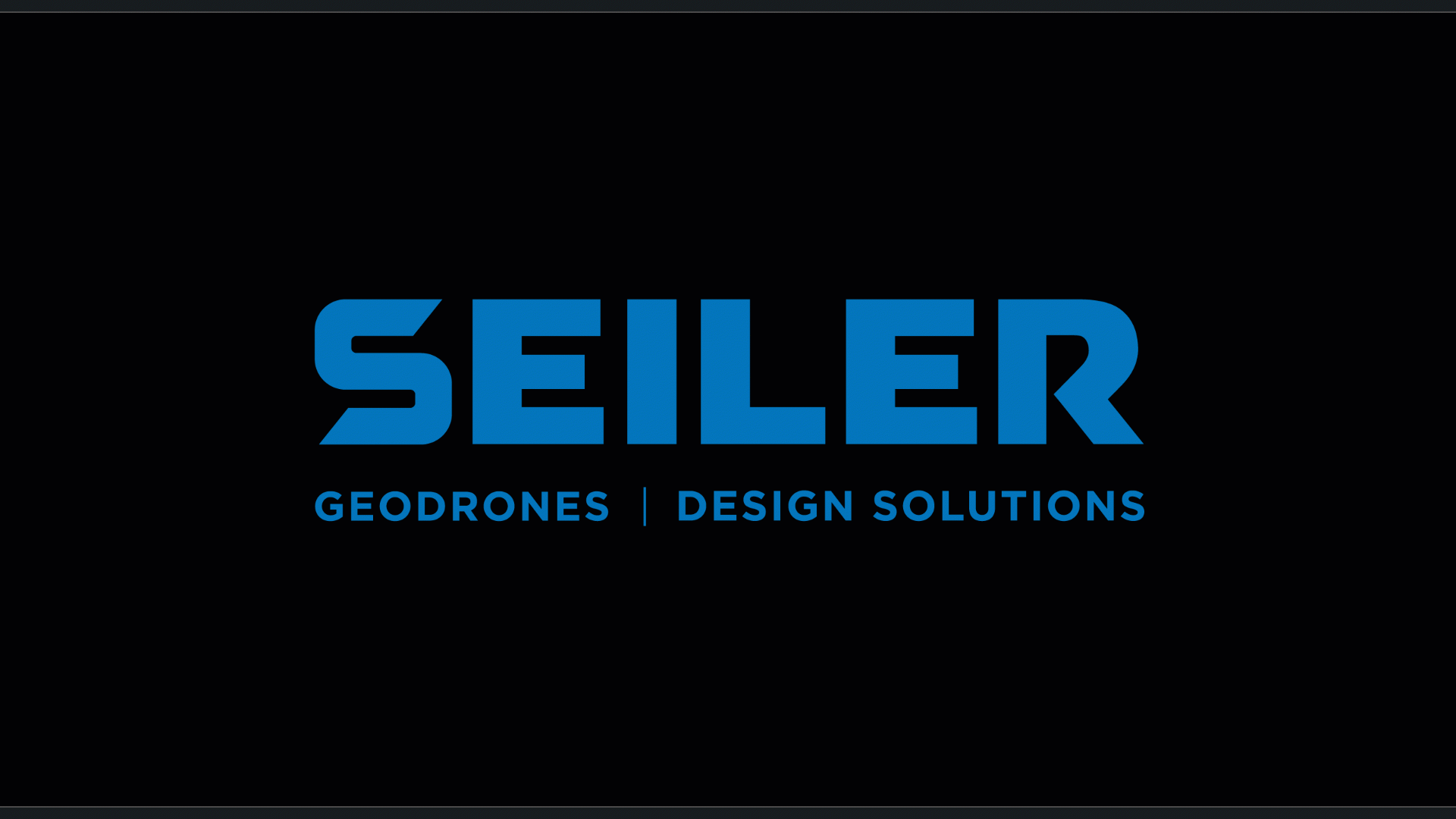The architectural, engineering, and construction (AEC) industry continues to demand tighter collaboration across disciplines—and Autodesk is listening. With the release of Revit 2026, Autodesk introduces a host of collaboration enhancements that significantly improve interoperability, especially with products like Civil 3D. These updates are designed to help teams work more seamlessly across disciplines, streamline data exchange, and ultimately deliver better projects faster.
Breaking Down Silos with Better Interoperability
One of the standout features of Revit 2026 is the improved integration with Civil 3D, a vital tool for civil engineering professionals. Traditionally, architects, structural engineers, and civil engineers have worked in parallel tracks, often leading to misalignments, duplicated efforts, and costly rework. Revit 2026 addresses this challenge head-on by facilitating smoother, more accurate data sharing between Revit and Civil 3D.
Key Improvements in Revit 2026:
1. Smarter Surface and Topography Linking
Revit 2026 now allows more accurate linking of Civil 3D surfaces directly into Revit projects. Topographic data is preserved with higher fidelity, reducing the need for manual adjustments. This creates a single source of truth for site information and improves how teams visualize and coordinate around real-world conditions.
2. Enhanced Coordination of Alignments and Pipes
Alignments, corridors, and pressure networks from Civil 3D are more easily referenced within Revit. Civil infrastructure can now be coordinated directly in architectural and MEP contexts without losing parametric relationships—bridging the gap between site and structure.
3. Bidirectional Data Exchange
Thanks to new workflows supported by Autodesk Docs and improved interoperability standards, Revit 2026 supports bidirectional updates between models. This ensures that changes made in Civil 3D or Revit are reflected across platforms, improving accuracy and reducing the need for repeated imports or data loss during handoffs.
Unified Project Delivery with Autodesk Construction Cloud
These enhancements are further amplified by tighter integration with Autodesk Construction Cloud (ACC). Teams can now:
-
Share models faster using cloud-based collaboration.
-
Use ACC for version tracking and design change notifications.
-
Maintain data integrity across file formats and project stages.
This integration keeps everyone—from civil engineers to architects and contractors—on the same page, in real time.
Why It Matters
In a world where building projects are growing more complex, interdisciplinary collaboration isn’t optional—it’s essential. Revit 2026’s improved interoperability empowers teams to:
-
Make decisions faster with synchronized data.
-
Avoid costly errors through better alignment of infrastructure and buildings.
-
Increase productivity by reducing redundant modeling and manual coordination.
Conclusion
Revit 2026 marks a significant leap forward in Autodesk’s mission to connect design and construction disciplines through smarter technology. The enhanced collaboration with tools like Civil 3D reflects a broader trend: AEC is becoming more integrated, and Autodesk is building the tools to support that transformation.
If your teams are still navigating disconnected workflows or struggling with outdated data exchange methods, it’s time to explore what Revit 2026 brings to the table. Feel free to contact us and see how we can help you and your teams bring your projects workflows together.



Leave A Comment